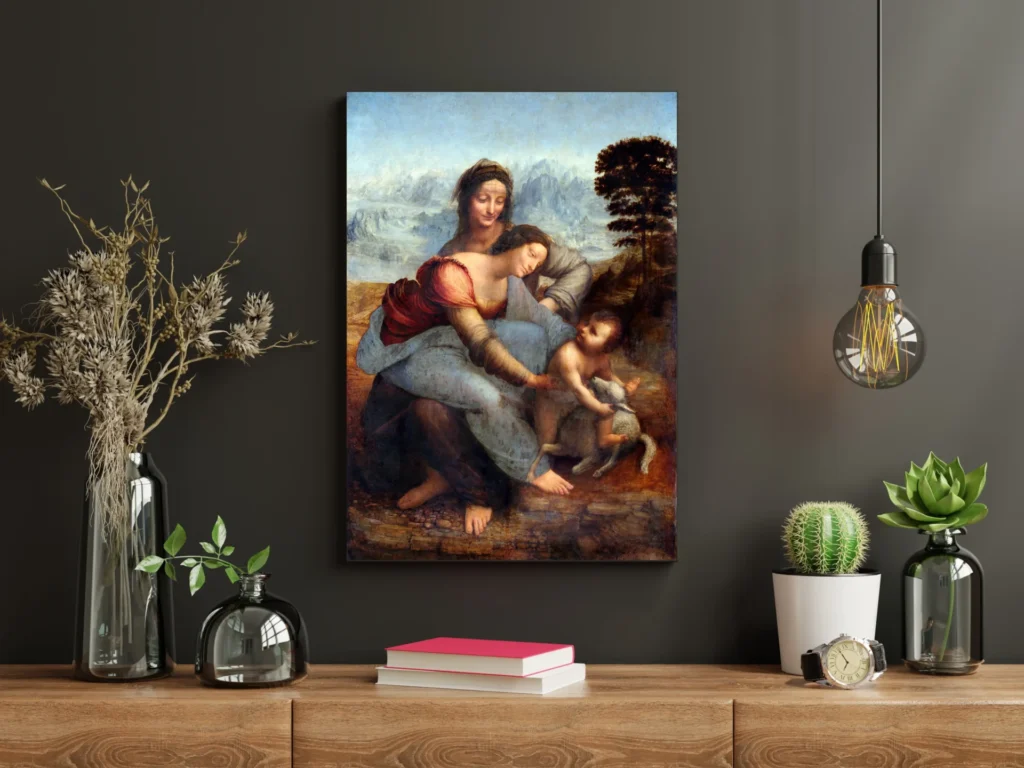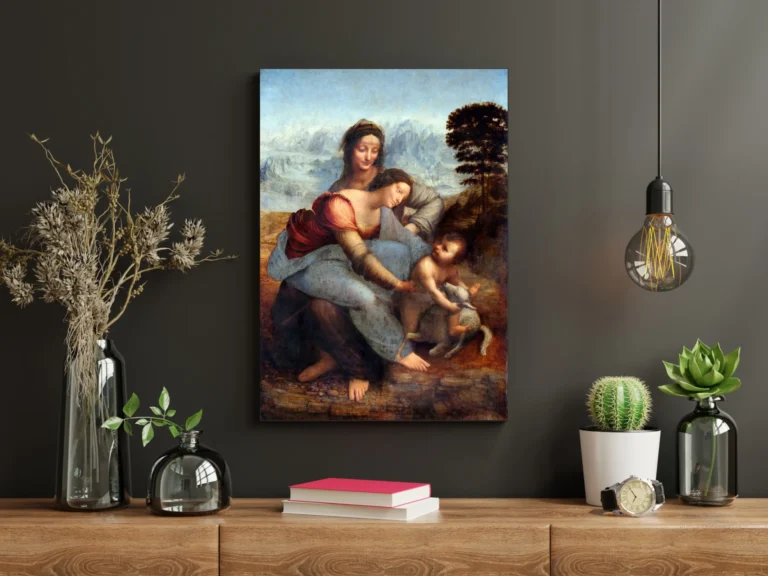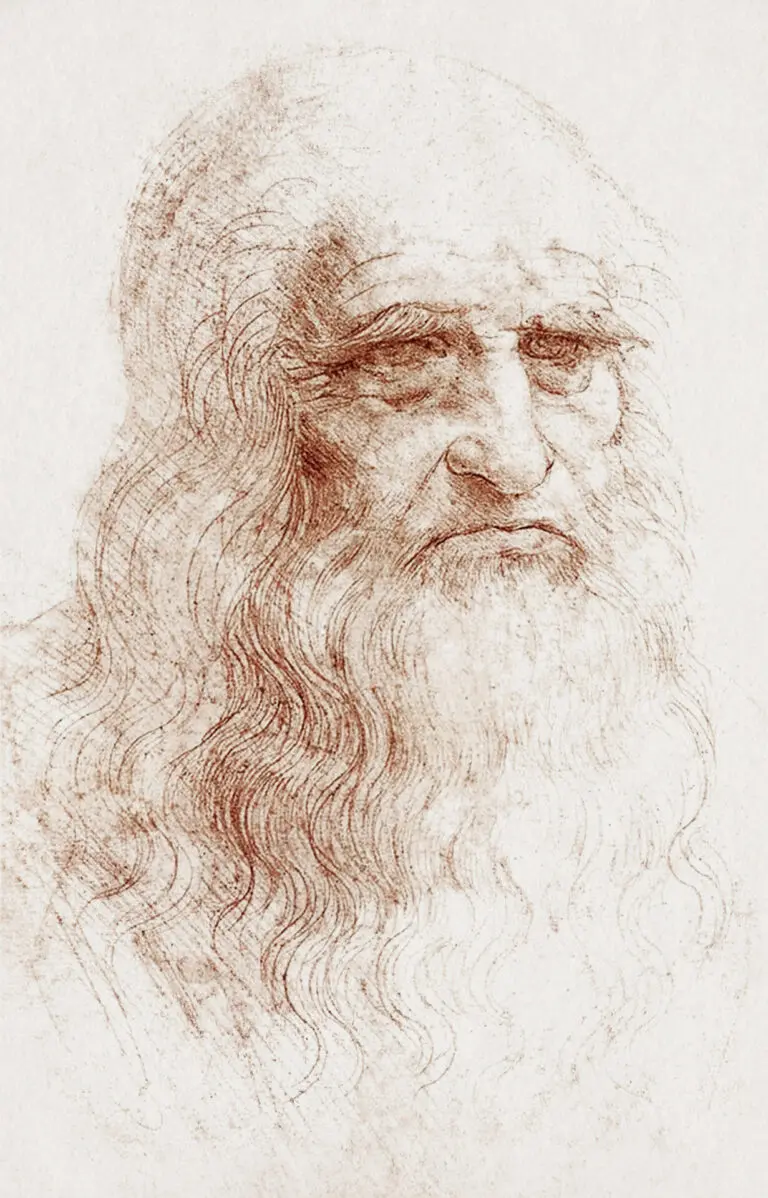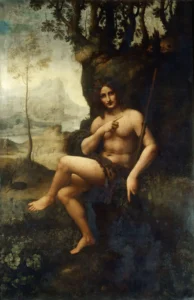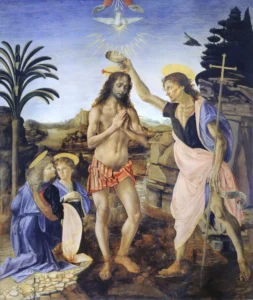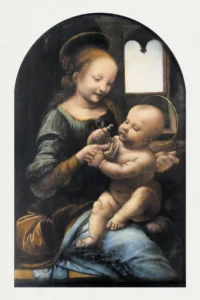The Virgin and Child with Saint Anne (1503)
Created between 1501 and 1519, The Virgin and Child with Saint Anne showcases Leonardo da Vinci's genius through the delicate interplay of figures and rich symbolism. Depicting Saint Anne, the Virgin Mary, and the infant Jesus, the artwork exemplifies the artist’s innovative use of sfumato and aerial perspective. This painting not only highlights themes of maternal love and sacrifice but also engages with profound emotional depth, representing a pivotal moment in Renaissance art.
1501 - 1519
About the Artwork
Did You Know
Liked what you see? Add it to your collection.
Enjoyed reading? Share it.
... continued
Creation and Commission
The painting is believed to have been created between approximately 1501 and 1519. It was initially commissioned as the high altarpiece for the Church of Santissima Annunziata in Florence, but it was never delivered to the church.
Composition and Figures
The painting depicts Saint Anne, her daughter the Virgin Mary, and the infant Jesus. Mary is uniquely portrayed sitting on Saint Anne's lap, which is an uncommon representation in art. Jesus is shown grappling with a sacrificial lamb, symbolizing his future Passion, while Mary tries to restrain him. Saint Anne's figure is larger and more reassuring, emphasizing the mother-daughter relationship.
Artistic Techniques
The painting is executed in oil on wood and measures 168 x 130 cm (or 130 x 168 cm in some sources). It showcases Leonardo's mastery of sfumato, a technique that creates a soft, hazy effect by layering thin glazes of paint. The background features a misty, bluish landscape that recedes into the distance, utilizing aerial perspective to add depth.
Symbolism and Interpretation
The painting is rich in symbolism, with the lamb representing both innocence and Jesus' sacrifice. The close physical interaction between the three figures highlights themes of divinity and earthly affection, characteristic of the Renaissance's humanistic approach to religious subjects.
Freud's Interpretation
Sigmund Freud provided a psychoanalytic interpretation of the painting, suggesting that Leonardo's depiction of the Virgin Mary with Saint Anne was influenced by his own experiences of having two mothers (his biological mother and his father's wife). However, Freud's interpretation involving a vulture in the Virgin's garment has been disputed due to a mistranslation of Leonardo's account of his childhood memory, which actually referred to a kite, not a vulture.
Current Status
The painting is now part of the collection at the Louvre in Paris, France. It underwent restoration between 2011 and 2012, which was met with some controversy regarding the changes made to the painting's appearance.




